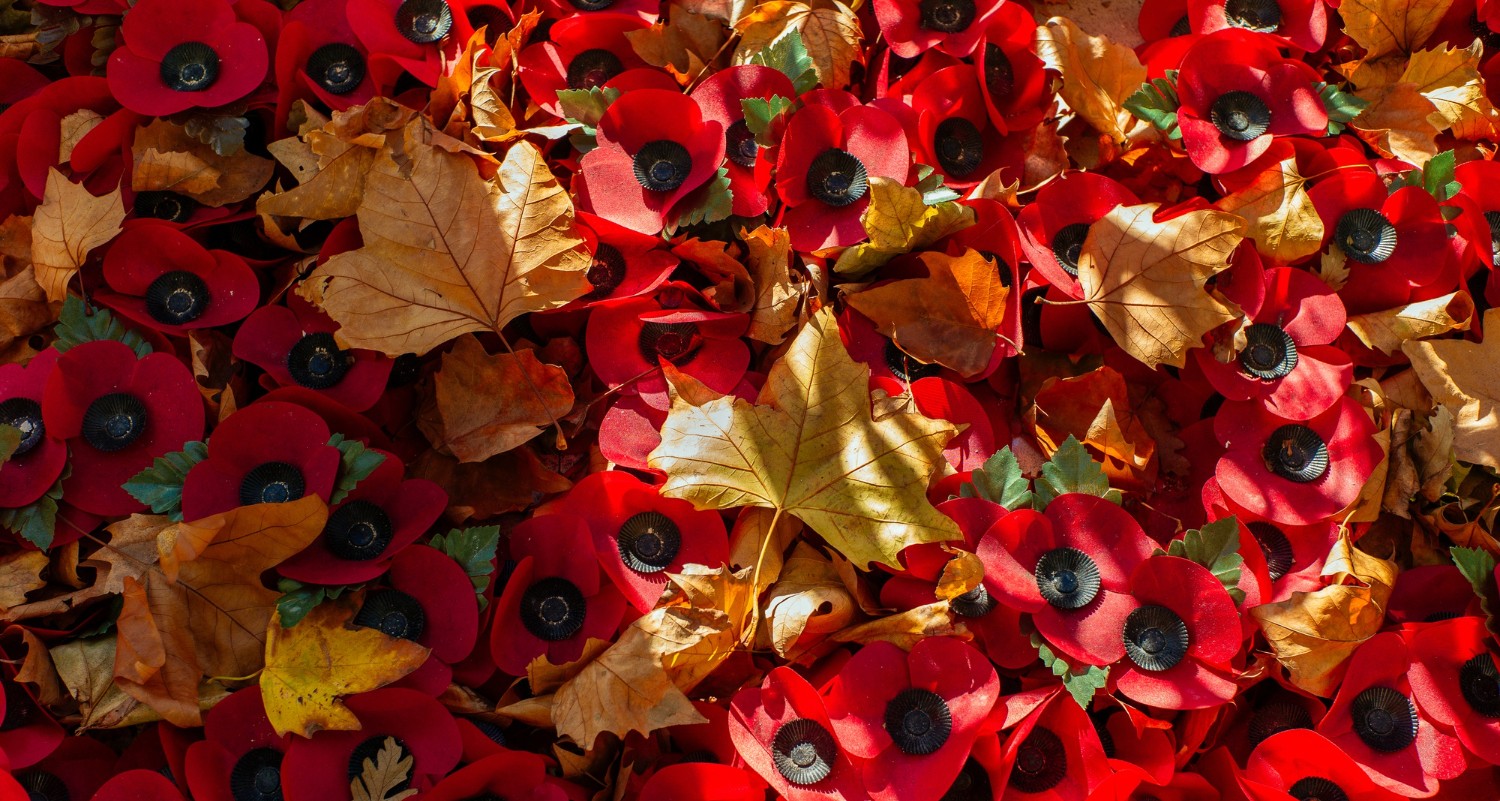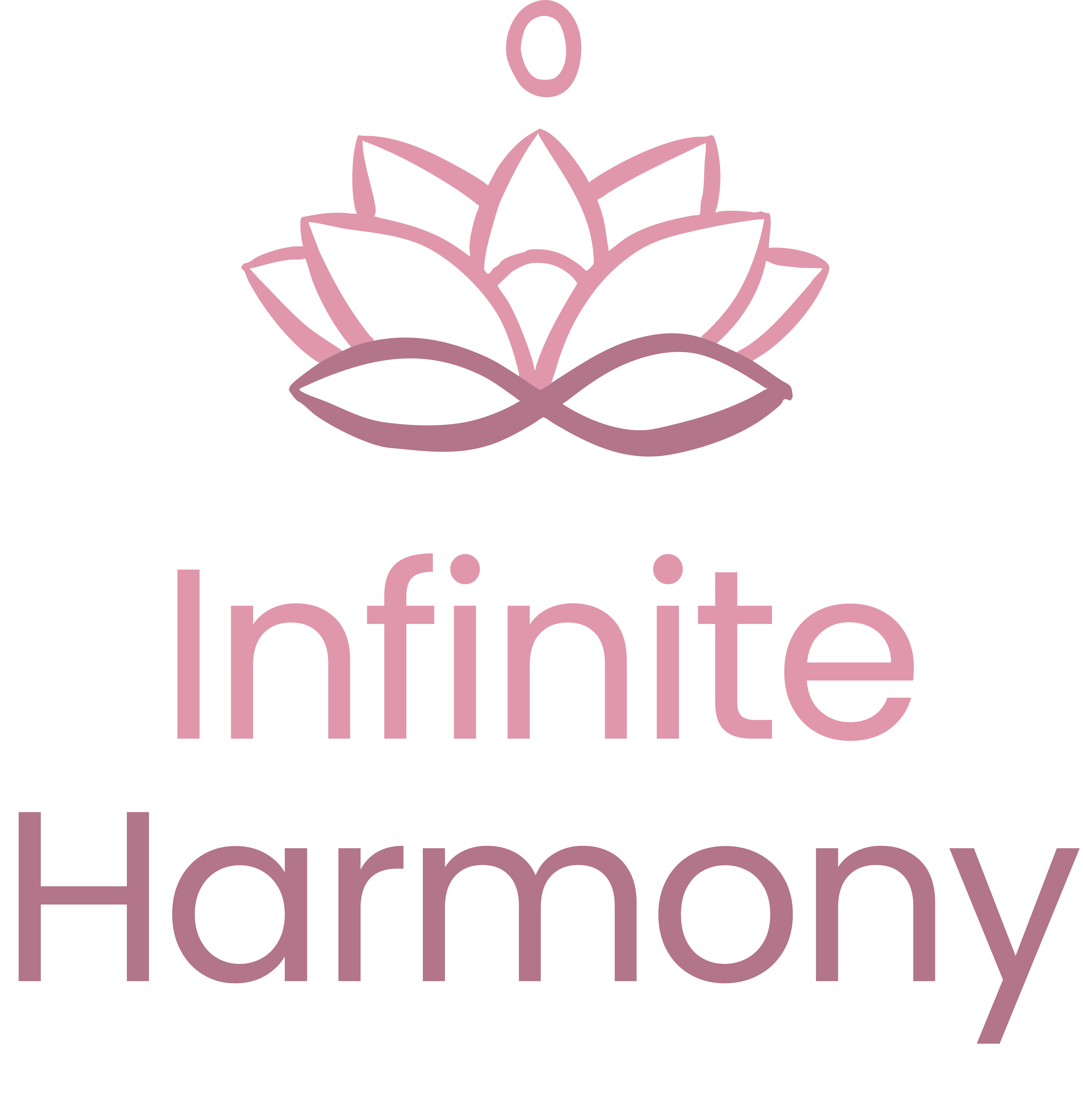Stillness and Memory: Honouring Remembrance Through Reflection and Yoga
Each November, as autumn deepens and the year folds quietly towards winter, a stillness descends across towns and cities. For two minutes on Remembrance Sunday, time seems to pause. The sound of footsteps fades, conversations fall away, and even the air seems to hold its breath.
It is in this collective stillness that we remember - those who served, those who suffered, those who loved and lost. It is a silence filled with echoes.
In yoga, silence is not an absence; it is presence. It is the space between breaths, the pause between thoughts, the quiet awareness that holds everything.
The Stillness That Connects Us
The two minutes’ silence observed each November is, in many ways, a national meditation. Without instruction or ritual, millions of people collectively turn inward. Some remember names, faces, stories; others simply feel the weight of gratitude or grief.
This shared moment reflects what the yogic tradition calls Pratyahara - the withdrawal of the senses. We soften our attention to the outer world and become still enough to listen inwardly. From this stillness, reflection arises naturally - not forced or analytical, but spacious, like watching ripples settle on a pond.
Yoga Sutra Reflections
In Yoga Sutra 1.33, Patanjali offers a simple but profound guide to peace of mind:
“Cultivate attitudes of friendliness towards the happy, compassion for the suffering, delight in the virtuous, and equanimity toward the non-virtuous.”
Remembrance embodies this Sutra.
- We hold compassion (karuna) for the suffering and those lost to war.
- We feel gratitude and friendliness (maitri) toward those who lived with courage.
- And we practice equanimity (upeksa) by acknowledging the shared human complexity that transcends sides or stories.
Through remembrance, we are reminded that peace begins not only in nations, but within each of us - in how we meet the world with understanding, kindness, and restraint.
The Heart as a Place of Memory
In yoga, the heart centre - Anahata Chakra -is sometimes described as “the unstruck sound,” a place where love, compassion, and grief can coexist without cancelling one another out. When we remember, we are not simply looking back; we are holding connection.
Allowing space for emotion - whether tears, gratitude, or quiet reflection - is a form of yoga too. To sit in silence and let the heart soften is to practice both Ahimsa (non-harm) and Santosha (contentment).
We do not need to force peace; we simply return to the stillness already within us.

A Practice of Remembrance
If you wish to observe this season of reflection in a more embodied way, you might try a short practice of presence and gratitude.
A Gentle Candle Meditation:
- Light a candle or sit near a small flame.
- Watch the flicker of light. Notice how it moves yet remains anchored at its core.
- Bring your attention to your breath - inhale softly through the nose, exhale gently through the mouth.
- With each breath, silently repeat: “May there be peace. May there be compassion.”
- After a few minutes, close your eyes and visualise the light within your own heart, steady and clear.
There is no right way to do this. It is enough simply to be present - to hold space for silence and memory.
Remembrance as a Yogic Path
In the practice of yoga, we are continually invited to remember - to recall the essence beneath distraction, to return to presence.
The Sanskrit word Smriti, meaning “memory” or “mindfulness,” appears often in yogic philosophy. It describes remembering what is true, even when life’s noise makes us forget.
On Remembrance Sunday, as poppies are worn and bugles sound, this idea of Smriti comes alive. We remember the cost of forgetting peace. We remember our shared humanity. And we remember the quiet strength that exists in compassion.
The Power of Shared Silence
There is something deeply moving about collective stillness.
When thousands stand together in silence, it is as though time itself bows its head.
The absence of words allows emotion to rise unspoken - connection without conversation.
This, too, is yoga: the joining of hearts through presence.
It transcends belief, background, or experience. It reminds us that beneath difference, we are all made of the same breath, the same heartbeat, the same longing for peace.
A Closing Reflection
As the bugle fades and movement returns to the streets, we can carry the essence of those two minutes with us - into our relationships, our work, our daily choices.
May we speak gently, act kindly, and listen deeply.
May we remember that peace is not an ideal, but a practice - renewed in each breath, each moment of understanding.
And may our own stillness become a small light that helps guide others home.



